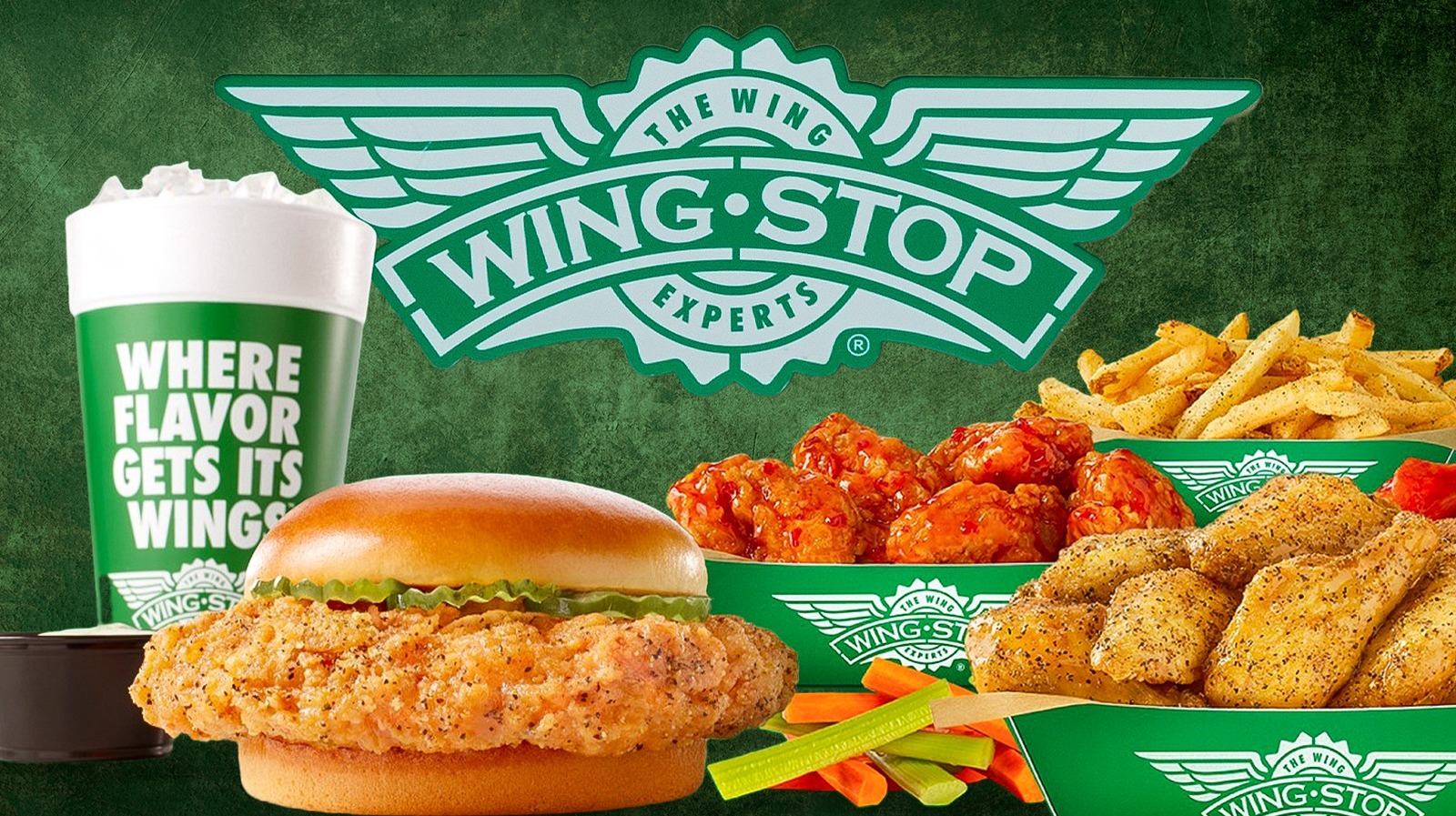
"In 1994, a little aviation-themed restaurant opened in Garland, Texas. Nobody knew then that it would one day fuel TikTok challenges and attract investors like Rick Ross, who owns more Wingstop franchises than some people have pairs of sneakers. From receiving celebrity shout-outs on social media to making cameo appearances on your favorite shows, Wingstop isn't just any fast-casual chain. It's grown from a humble spot with a focused menu into a billion-dollar global powerhouse, with no signs of slowing down."
"Famed for its freshly made dough, headline-hitting promotions, affordability, and classic as well as Latin-inspired flavors, Pizza Patrón quickly grew to four stores eight years in, but Swad didn't think franchising was his best move at the time. As he later shared on the "Biz Doc" podcast, it felt premature because it lacked true differentiation in the restaurant scene. So, Swad instead channeled the earnings into his new vision for Wingstop in 1994."
Wingstop launched in 1994 as an aviation-themed restaurant in Garland, Texas that centered its concept on chicken wings. Founder Antonio Swad redirected earnings from a prior pizza venture into a distinct wing-focused restaurant instead of franchising too early. The brand emphasized a compact, differentiated menu and used franchising strategically to scale. Celebrity investors and social-media moments, including TikTok challenges and public shout-outs, amplified brand visibility. The focused product strategy translated into passionate customer loyalty and rapid expansion, transforming a local concept into a multinational fast-casual chain with substantial valuation and cultural presence.
Read at Tasting Table
Unable to calculate read time
Collection
[
|
...
]